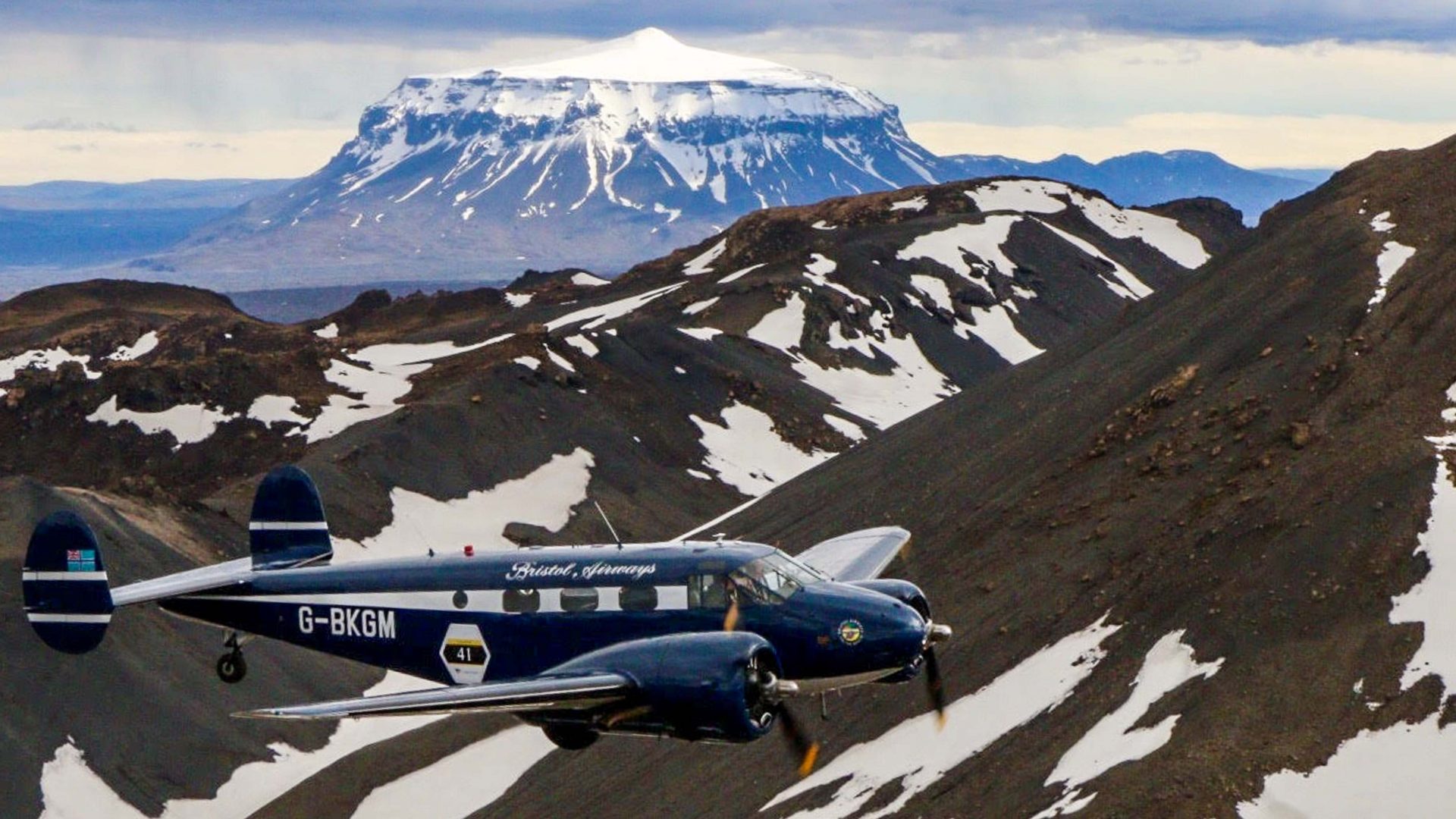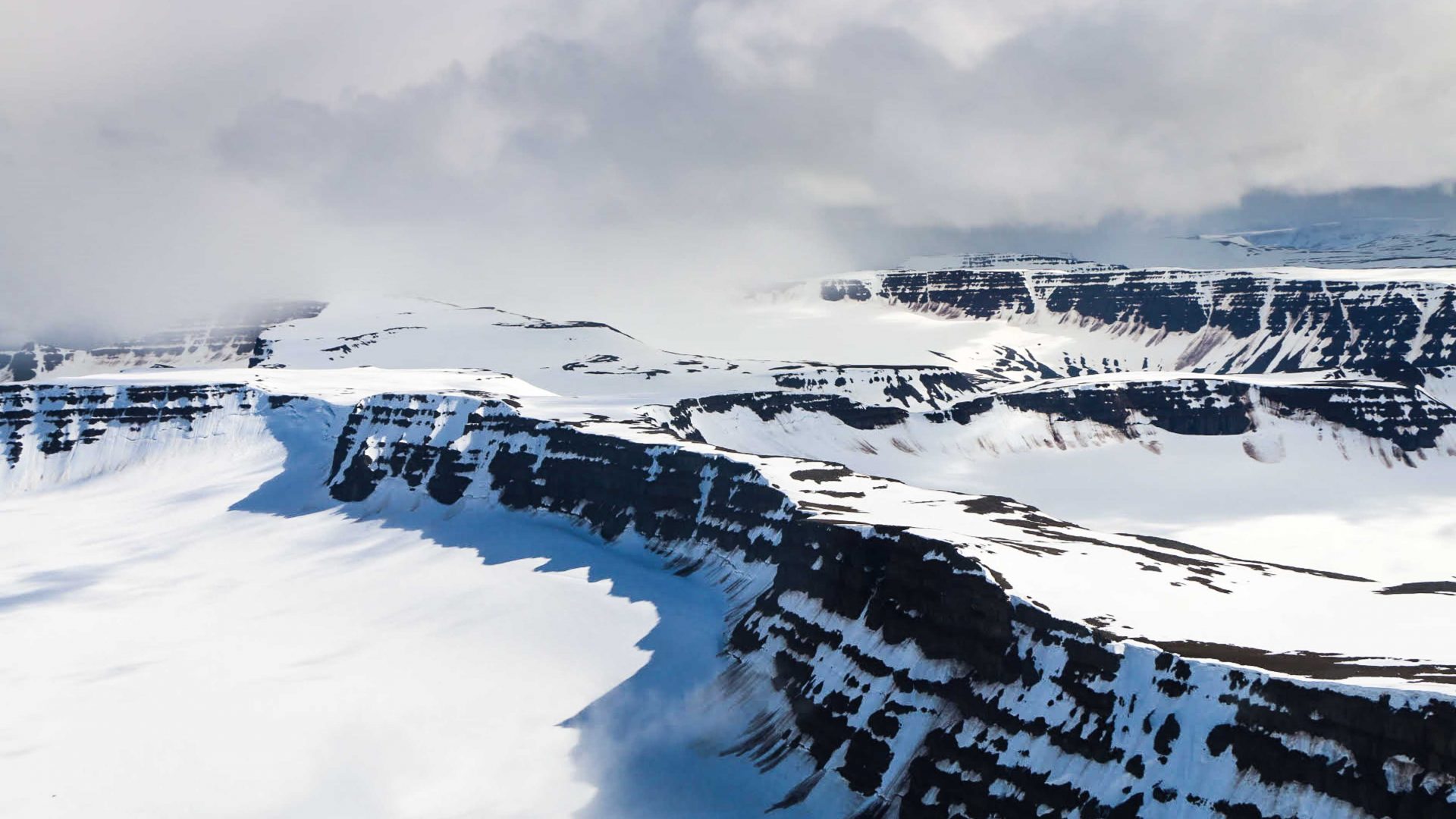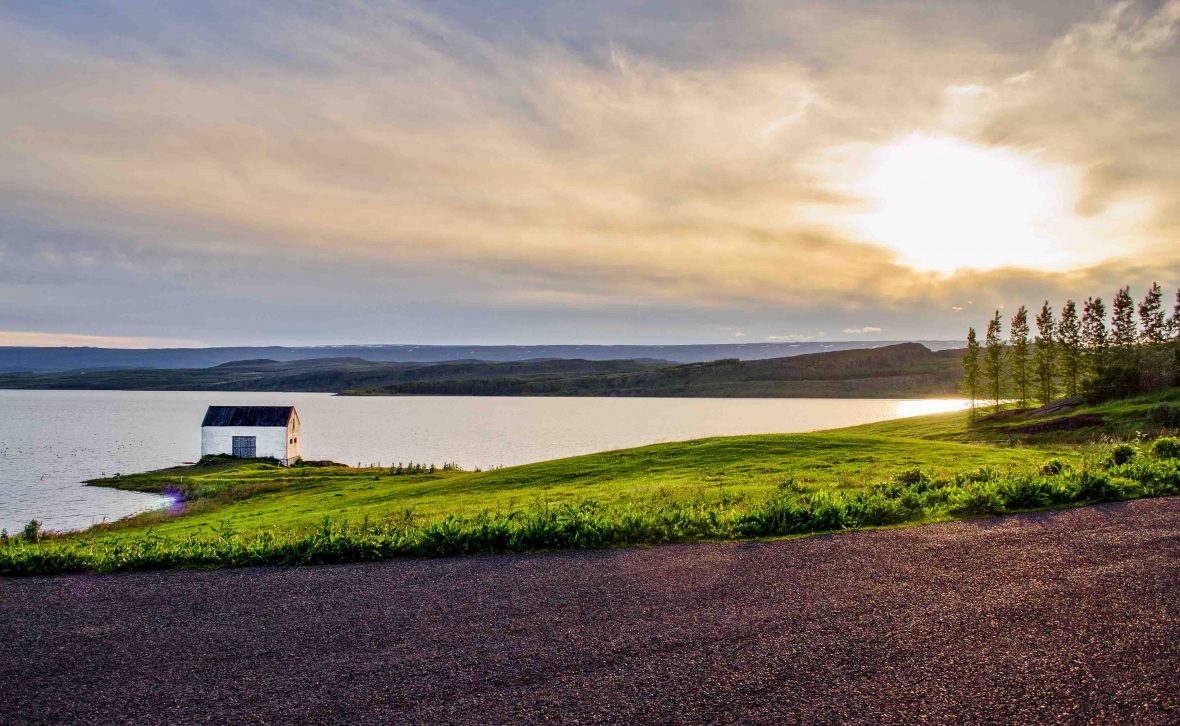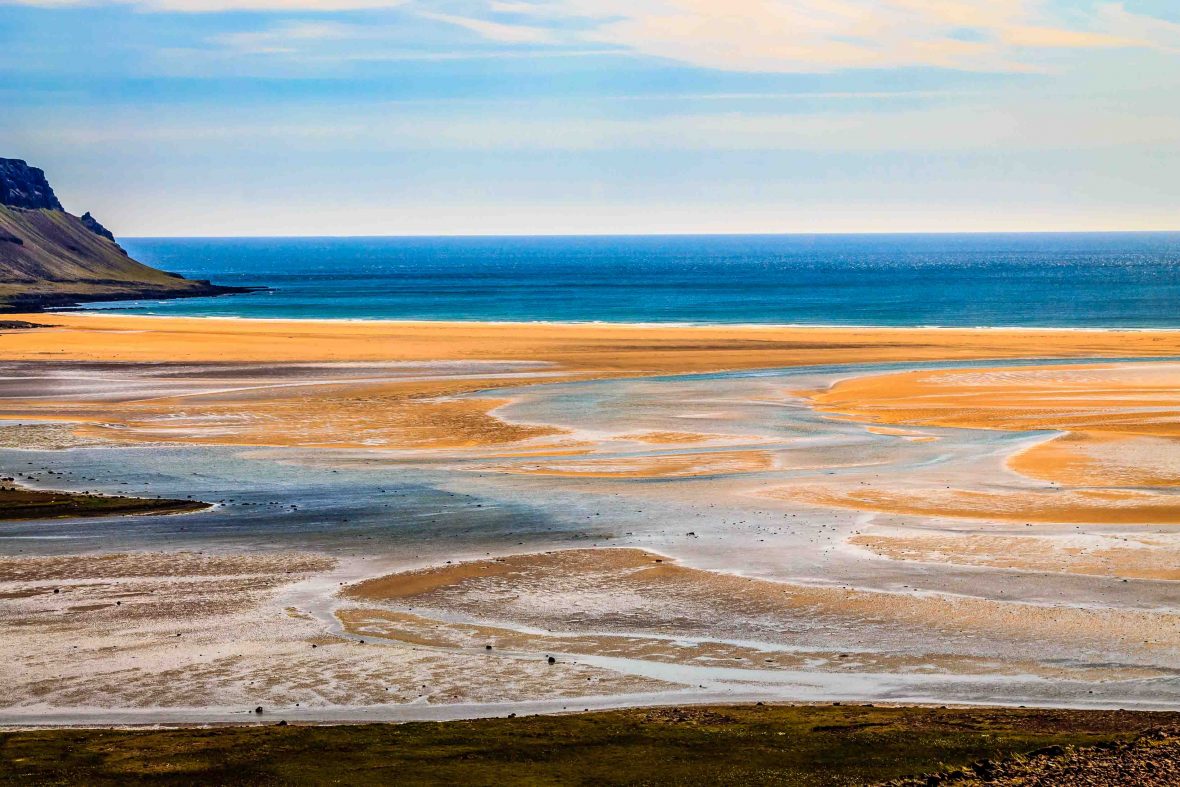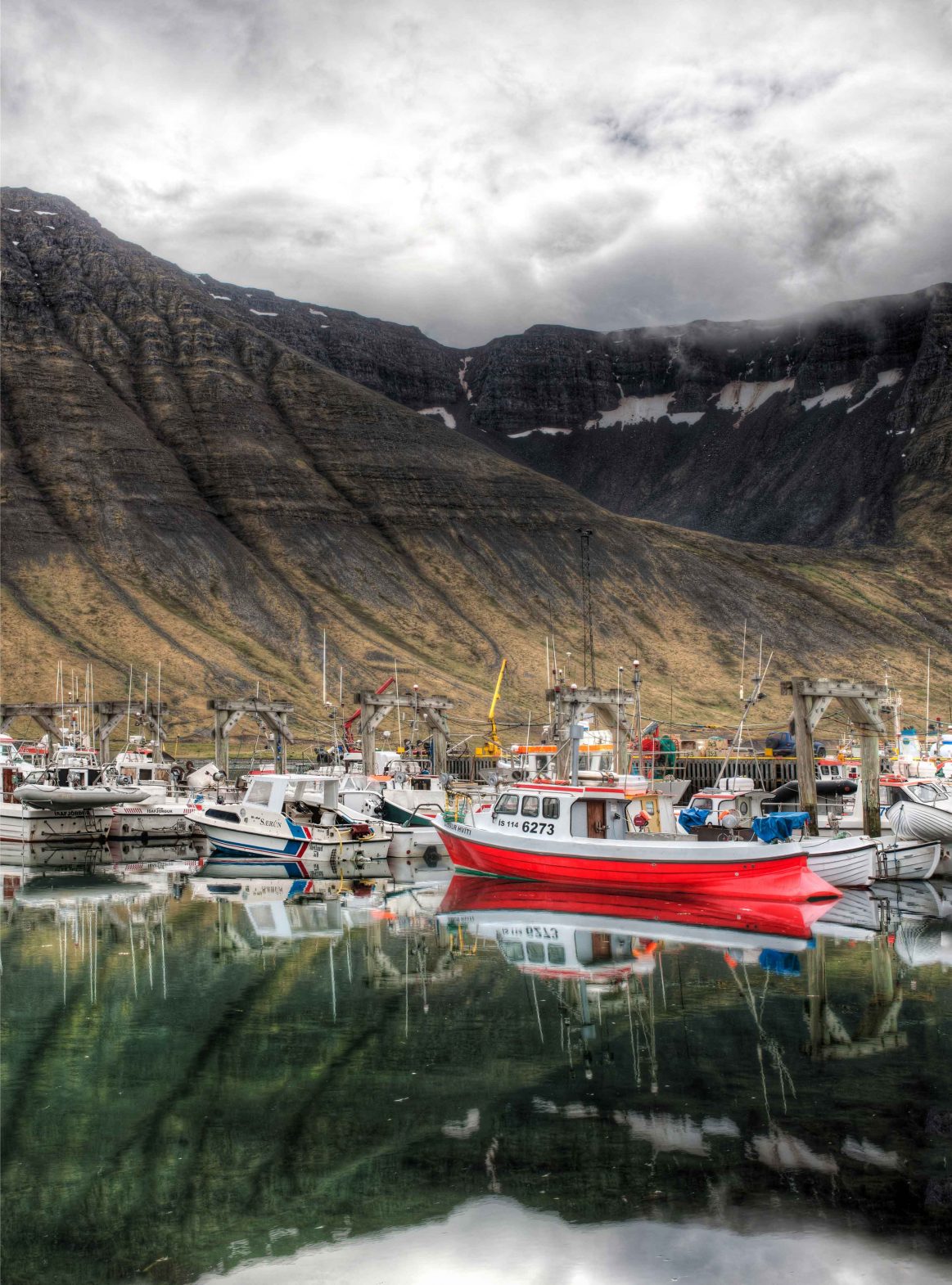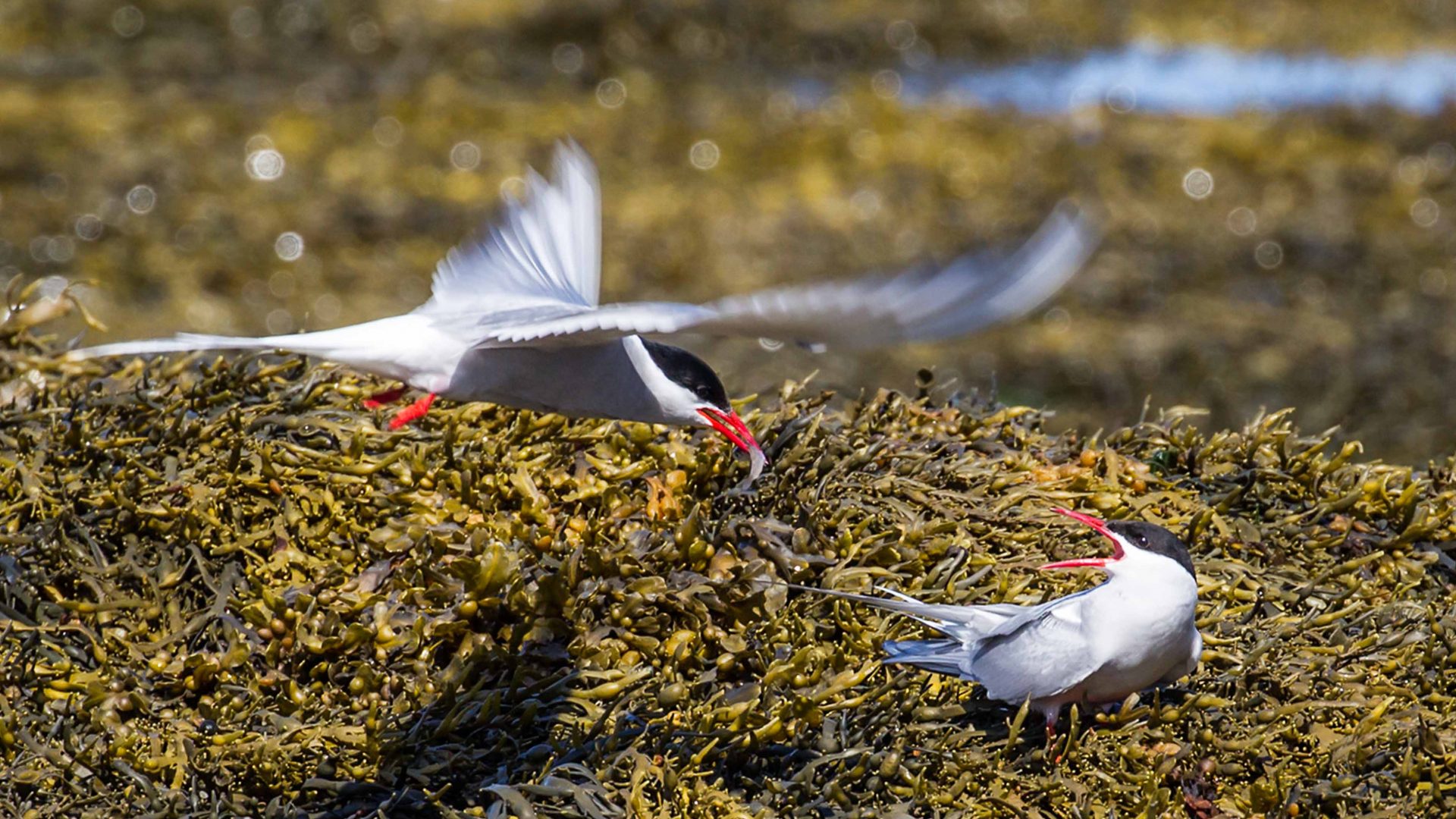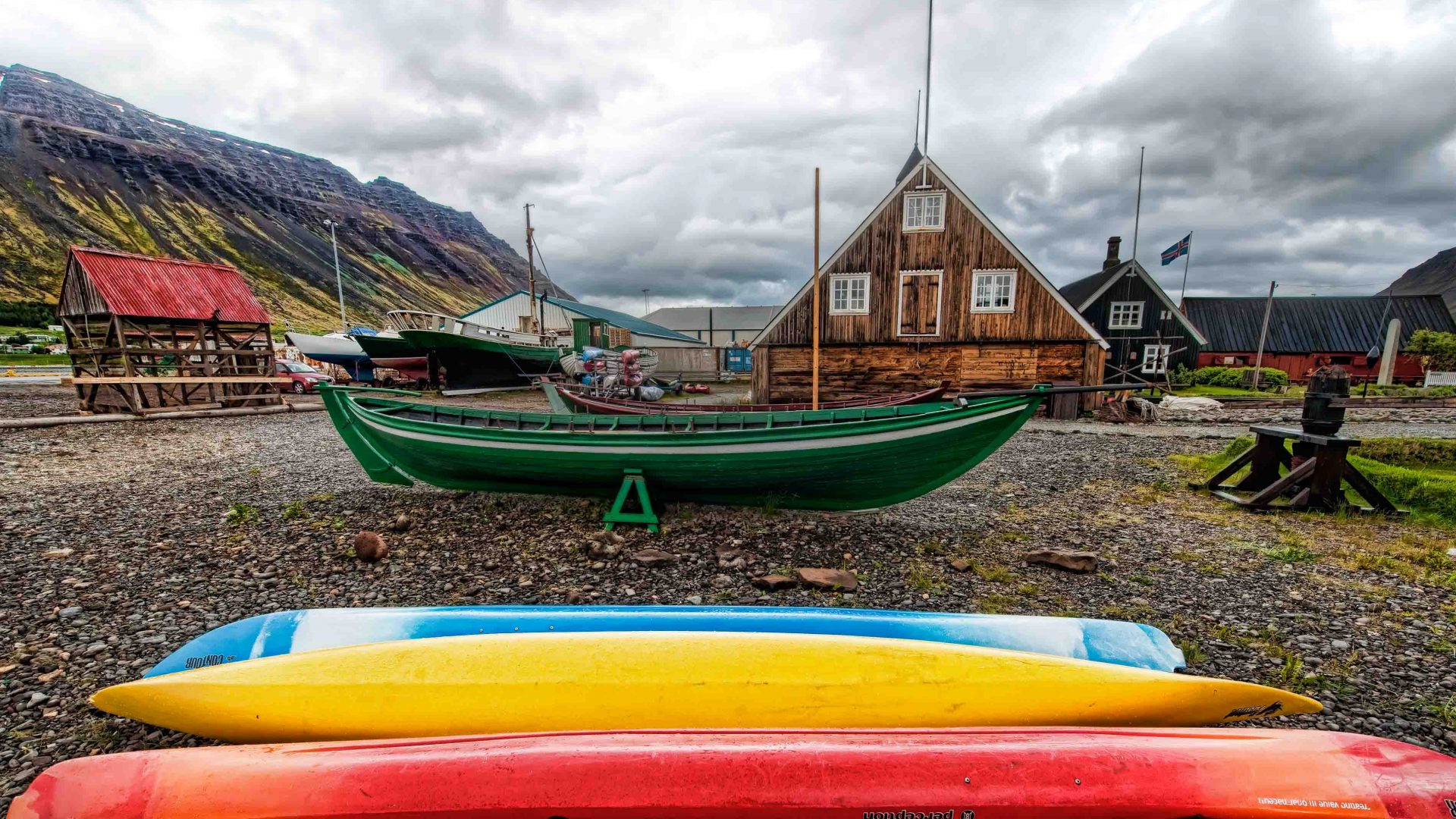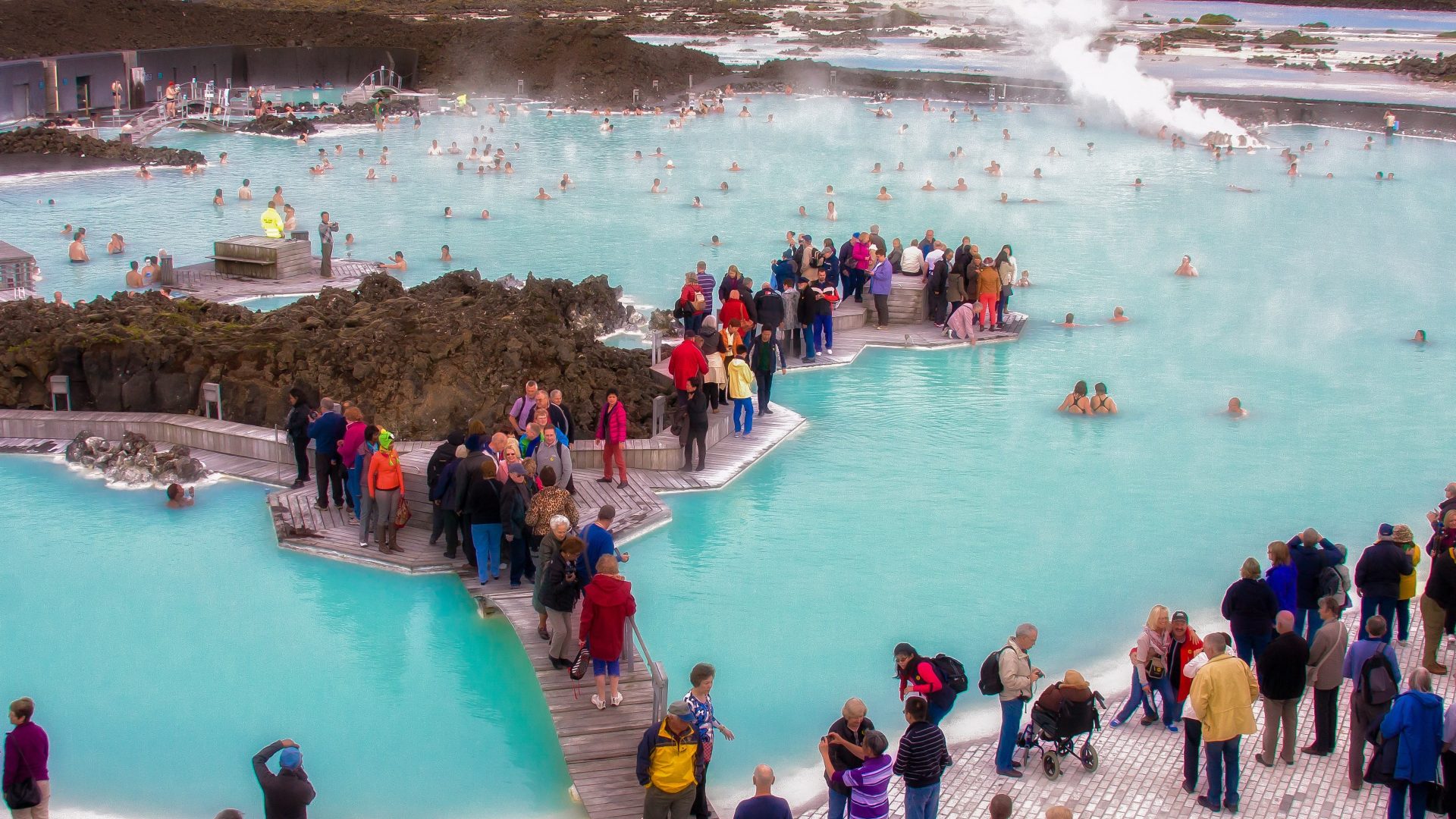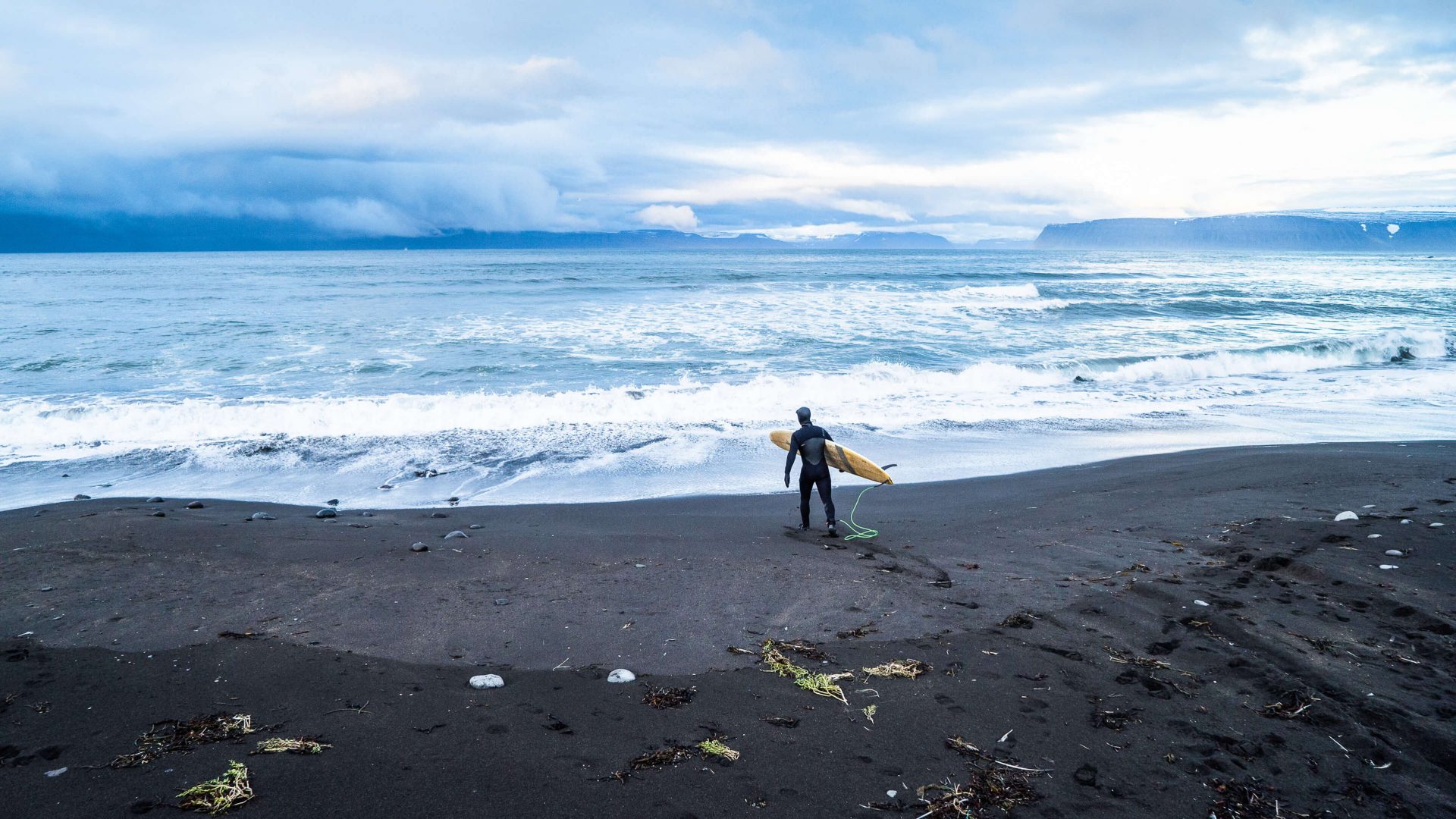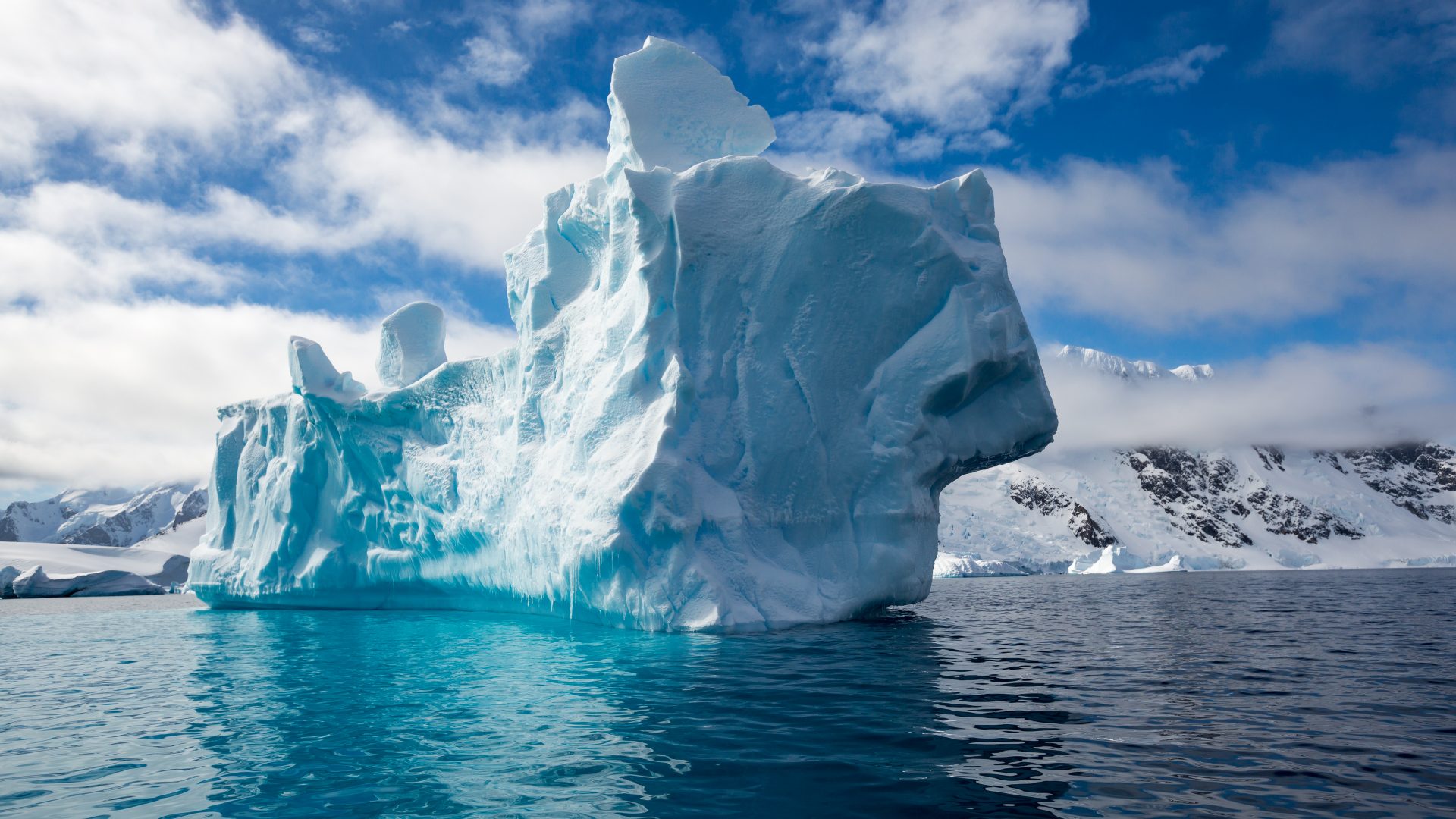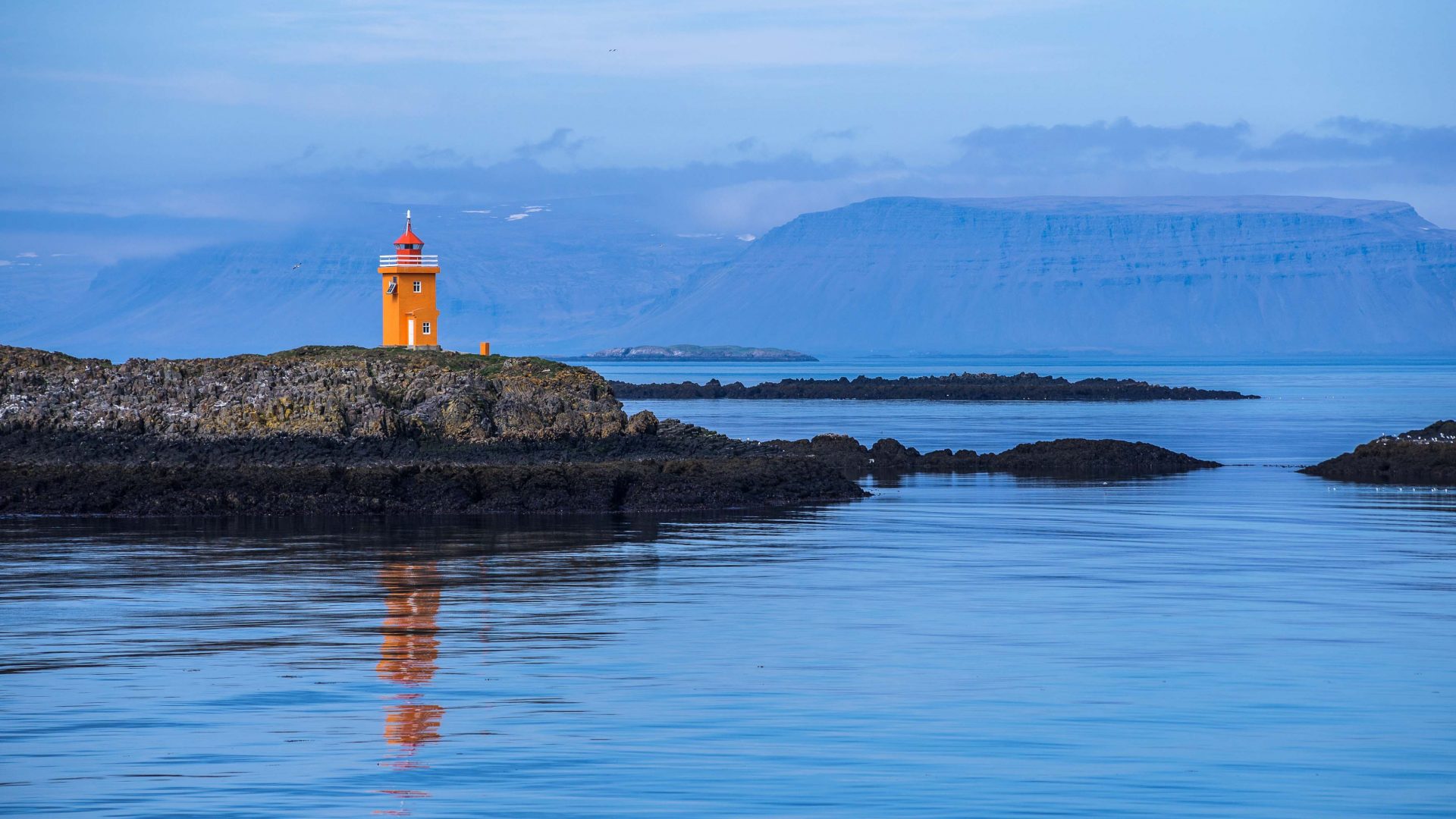
In her first story for Adventure.com, our featured contributor Paula Froelich investigated overtourism on these zany Bjork-loving shores. Now, she’s returned to the country she labels the ’prom queen of Europe’ to find out exactly where the magic can still be found—even after word’s got out.
Iceland is all the rage these days. Thanks to a great marketing campaign, Icelandair’s free stopover program, and cult-favorite TV shows like Game of Thrones filmed there, the tiny Nordic island is on everyone’s travel list—as it should be. Its alien-like landscapes are seen nowhere else on earth, the people are fascinating—many believe in elves, or ‘hidden folk’ as they call them—and the food is as pure as its glacier-fed waters. Even better, at least for US East Coasters, it’s closer than Los Angeles.
But sometimes too much of a good thing is not great—especially on an island where the population (around 350,000) is dwarfed by the amount of tourists (over 1.7 million last year). This problem is exacerbated when the epicenter of the country’s tourism is disproportionately located in one area—the Golden Circle. Home to black beaches, glaciers and the traditional turf houses which are scattered all over Iceland’s mesmerizing countryside, this famed southern region is indeed beautiful—but it’s packed.


